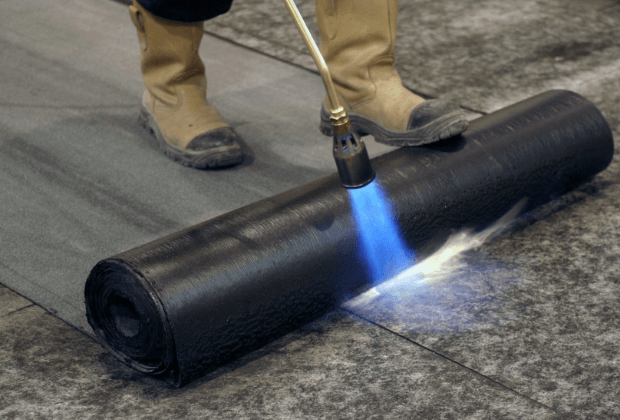- Poly Urethane
- Acrylic
- Bitumen Membrane
- HDPE/PVC
- Two Components Cementitious
- Sealant
- Expansion Joint
Waterproofing is a fundamental aspect of building construction. The aim of the process is to prevent water from penetrating into a structure by creating multiple barriers. Waterproofing membranes consist of waterproof plastic, rubber, or coated fabric materials. The materials are used in a system to prevent the ingress of water into foundations, roofs, walls, basements, buildings, and structures when properly installed. Expansion joints are installed to manage the coefficient of thermal expansion over large spans of concrete. They also offer advantages such as reducing the noise and compensate caused by misalignment.

Poly Urethane is a single component, ready to use, highly elastic, cold applied polyurethane waterproofing which cures into a membrane with excellent abrasion, mechanical, chemical, thermal and UV resistance. It is used for a terrace, flower bed, podium, swimming pool etc.

Acrylic is a single component, flexible and reflective waterproofing system used for terrace, flower bed, podium, swimming pool, bathroom etc.

Bitumen, also known as asphalt, is a sticky, black and highly viscous liquid or semi-solid form of petroleum. Thanks to its waterproofing qualities, it is widely used in construction. Bituminous membranes are perfect for waterproofing roofs, basements, below-ground structures, bridges and other structures.

HDPE/PVC creates a strong barrier for water and it’s widely used for basement and water retaining structures.

It consists of two components powder and liquid to be mixed to form a semi flexible waterproofing system.

Acrylic and Polymer sealant widely used for crack filling, coal joint and expansion joint.

An expansion joint or movement joint is an assembly designed to hold parts together while safely absorbing temperature-induced expansion and contraction of building materials, and vibration, or to allow movement due to ground settlement or seismic activity.